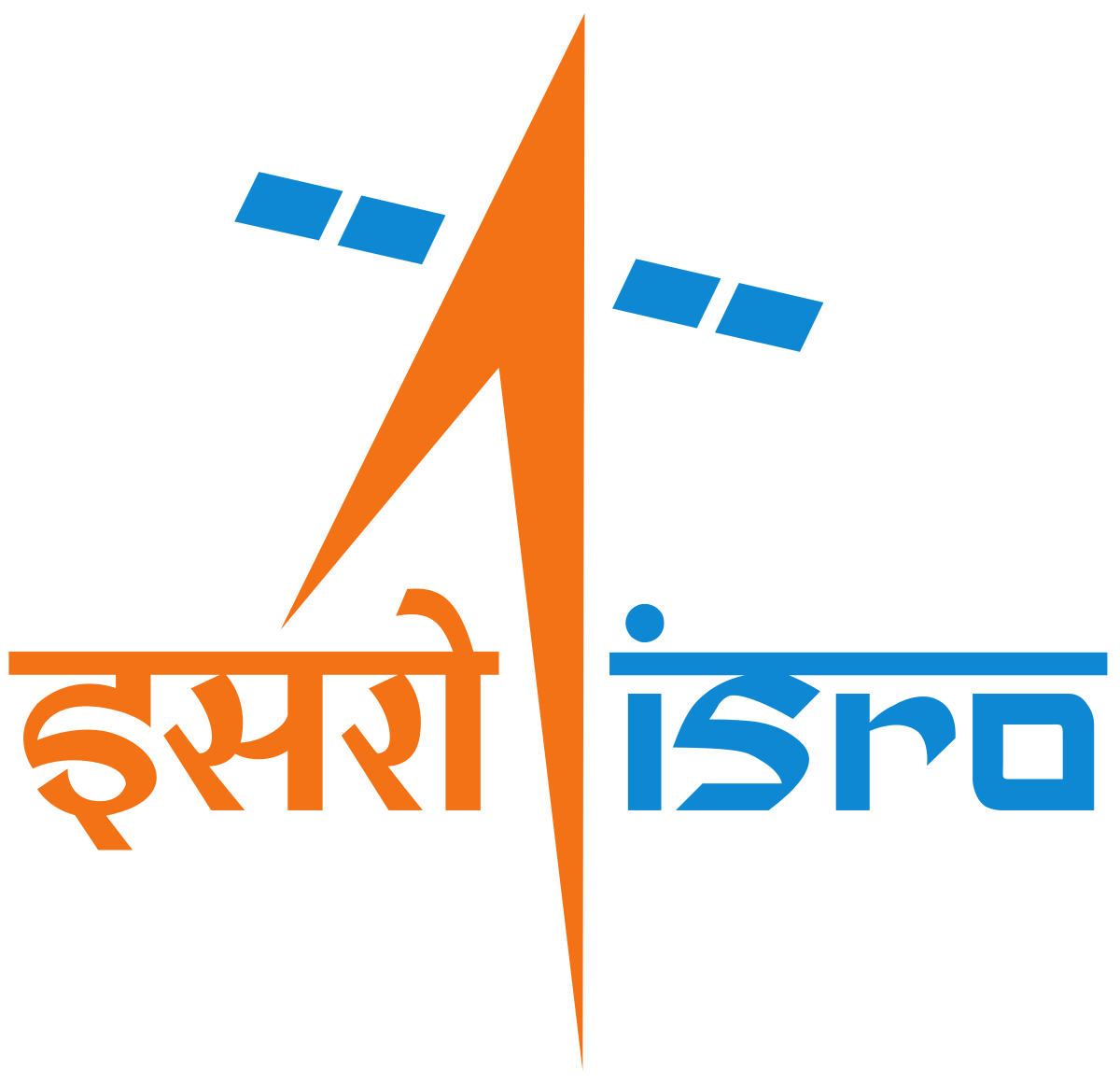Keynote Speakers
- Keynote 1: Drew Turner, The John Hopkins University Applied Physics Laboratory, USA.
Day1, February 21, 2022 GMT 1250 - 1350 | IST 1820 - 1920
Solar wind driving of Earth's Magnetosphere-Ionosphere-Atmosphere System
Our planet and home in space is shielded from the supersonic bombardment of particles, plasma, and fields in the solar wind by the geomagnetic field. The region of near-Earth space shielded by that field is Earth’s magnetosphere, which itself is closely coupled to Earth’s ionosphere and neutral atmosphere at lower altitudes via connectivity enabled by those same magnetic fields. This system-of-systems, from the turbulent, supersonic solar wind through the bow shock, magnetosheath, and magnetopause and on to the coupled magnetosphere-ionosphere-atmosphere, represents a complex and diverse set of electric and magnetic fields, wave environments, and plasma and neutral populations governed by physical processes ranging from that of kinetic and magnetohydrodynamic plasma interactions to atmospheric chemistry. Further complicating this entire system-of-systems is the fact that the magnetopause is not at all an impervious boundary, but instead is quite porous at certain times and places, enabling mass, momentum, and energy inputs from the solar wind directly into the system. The consequences of that solar wind driving include global magnetospheric/ionospheric convection, thermospheric winds, auroral activity and geomagnetic substorms and storms, and a variety of space weather hazards that can result in negative impacts on human systems ranging from space to the atmosphere and even on and under the ground. In this presentation, we provide a top-level overview and summary of how this system-of-systems works before diving into some of the finer-point and newly understood/recognized aspects of the coupled magnetosphere-ionosphere-atmosphere system. In particular, we will highlight new insights on the nonlinear system response to different solar wind drivers, the complexity of solar wind propagation from the Sun-Earth L1 point to the subsolar magnetopause, and the nature of coupling enabled by: i) Earth’s magnetotail “watershed” region; ii) meso-scale vs. global scale magnetospheric convective structures; iii) energy inputs to the E- and D-region ionosphere, mesosphere, and stratosphere by localized current systems, waves, and energetic particle precipitation; and iv) ionospheric and thermospheric driving from the lower atmosphere. We finish with some insights on what all this complexity of highly coupled systems means for our ambitions for improved space weather predictive models now and in the future.
- Keynote 2: Thomas J Immel, University of California Berkeley, USA.
Day2, February 22, 2022 GMT 1250 - 1350 | IST 1820 - 1920
The NASA Ionospheric Connection Explorer - Highlights from the Prime Mission
The NASA ICON mission was launched in October 2019 to investigate how the space environment is modified by inputs of energy and momentum from the lower and middle atmosphere. To do this, ICON measures the wind and temperature at the boundary of space and higher, while simultaneously measuring the conditions in the ionosphere and the composition of the thermosphere. A number of remarkable findings can now be discussed, including the rapid variability and strong localized shears in thermospheric winds, the electrodynamic influences of the neutral wind on the ionosphere, and the multitude of atmospheric waves observed that in many cases are quite unexpected. Further, the high sensitivity of the thermosphere to variations in auroral inputs, however low during this solar minimum, must also be discussed as we approach a new solar maximum. The unpredictable nature of the ionosphere-thermosphere system is now open to new investigations and exploration with the new dataset provided by ICON.
- Keynote 3: Robert Cameron, Max Planck Institute for Solar System Research, Germany.
Day3, February 23, 2022 GMT 1250 - 1350 | IST 1820 - 1920
The Physical Basis for Solar Cycle Prediction
A net toroidal flux of about 3.3x1023 Mx/hemisphere escapes through the solar photosphere over the course of each activity cycle. Slightly more, ~5x1023 Mx/hemisphere, is generated in the solar interior during each cycle by the winding up of poloidal flux threading through the solar surface by latitudinal differential rotation. The amount which is generated is easy to calculate based on the known differential rotation, the observed surface magnetic field, and Stokes theorem. The surface magnetic field, particularly at the end of a cycle, can be accurately predicted using surface transport models. This allows us to predict the amount of net toroidal field which will be generated, and hence to predict the amplitude of the following cycle. We will show how the difference in the strengths of different cycles can be traced back to the stochastic nature of Joy's Law.
- Keynote 4: Dipankar Banerjee, Aryabhatta Research Institute of Observational Sciences, India.
Day4, February 24, 2022 GMT 1250 - 1350 | IST 1820 - 1920
Aditya L1: India’s Space Observatory to study the Sun
ADITYA-L1 is the first Indian mission that is dedicated to study solar atmosphere with unprecedented spatial and temporal resolution. The satellite will carry seven payloads and is expected to be launched in 2022 by PSLV-XL from Sriharikota. In this presentation, I will give an overview on the different payloads, with status update on the mission. One of the main payloads of Aditya L1 satellite is the inner coronagraph, with a FOV of 1.1 to 3 R with the continuum channel and three spectrographic and spectro-polarimetric channels. In conjunction with the four remote sensing instruments and 3 in-situ instruments how Aditya L1 mission can play a role in the field of STP will be presented. I will also highlight the importance of the co-ordinated observations of Aditya L1 with other space borne and ground based instruments.







